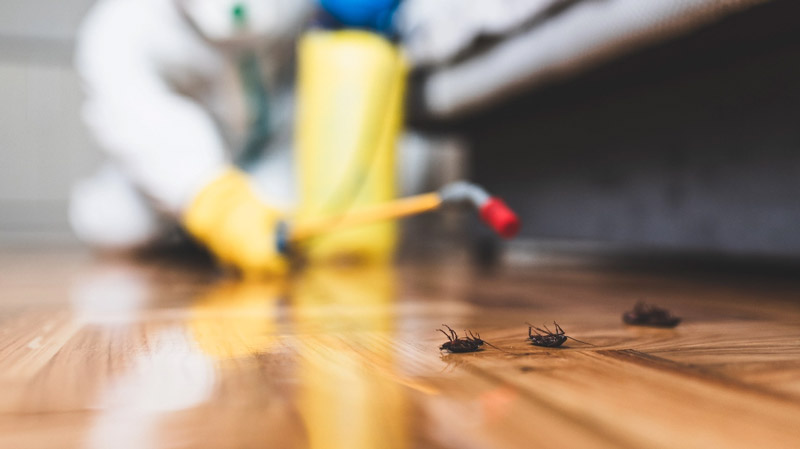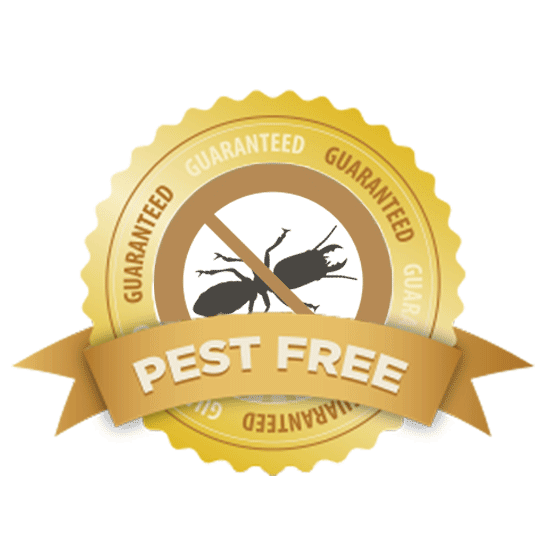Trusted Exterminator Coquitlam Services for Effective Pest Management
Trusted Exterminator Coquitlam Services for Effective Pest Management
Blog Article
Safe and Reputable Parasite Control for Lasting Protection
Reliable parasite monitoring calls for a diverse strategy that stabilizes environmental stability with the requirement for efficient parasite suppression. The nuances of these techniques might not be quickly clear, triggering a more detailed exam of the practices that can lead to sustainable insect control results.
Comprehending Parasite Control Techniques
Pest control includes a selection of techniques targeted at handling and eliminating undesirable insects and rats that can threaten both health and wellness and residential property. Understanding these techniques is crucial for efficient parasite management.
The key categories of bug control methods include mechanical, organic, and chemical strategies. Mechanical methods include physical obstacles and catches to avoid bug access and capture unwanted species. As an example, making use of screens on windows or utilizing sticky catches can dramatically reduce insect populaces without presenting harmful substances.

Chemical parasite control is often one of the most identified approach, using pesticides to eliminate pests. These chemicals can be reliable yet need to be utilized with caution to stay clear of negative impacts on non-target species and the setting.
Advantages of Eco-Friendly Solutions
Exactly how can environmentally friendly options transform insect control techniques? The adoption of environment-friendly pest control methods uses numerous benefits, dramatically enhancing the performance and safety and security of insect administration.

Another advantage is the positive effect on local biodiversity. Eco-friendly solutions are designed to target specific pests while preserving beneficial insects and wildlife, promoting a well balanced ecosystem. This strategy straightens with the expanding consumer demand for lasting techniques, improving the credibility of insect control carriers.
Integrated Bug Administration Techniques
The implementation of eco-friendly remedies normally results in the adoption of Integrated Bug Administration (IPM) techniques, which further boost insect control efficacy. IPM is an all natural technique that combines numerous techniques to manage parasite populaces while reducing environmental influence. This technique stresses the use of biological, social, mechanical, and chemical controls, making certain a lasting and balanced approach of insect management.
One basic aspect of IPM is the thorough analysis of bug activity and environmental conditions. By monitoring parasite populaces and identifying their life process, specialists can implement targeted treatments that disrupt the insect's environment or lifecycle, decreasing dependence on chemical pesticides. Additionally, cultural methods such as crop turning and habitat adjustment can considerably diminish bug establishment and reproduction.
An additional vital part is the use of organic control agents, such as valuable insects or bacteria, which can normally suppress bug populaces. When chemical applications are required, IPM focuses on using low-risk pesticides and uses them selectively, lessening exposure to non-target organisms and human beings.
Integrating IPM approaches not only enhances pest control effectiveness however additionally promotes a much safer ecosystem, aligning with the growing demand for sustainable methods in insect administration.
Safe Practices for House Owners
Recognizing the relevance of secure techniques in parasite control can encourage homeowners to effectively manage pest issues while safeguarding their health and the environment. Implementing non-toxic methods and safety nets is critical in decreasing bird pest control direct exposure to dangerous chemicals.
Home owners must first assess their setting for problems that draw in pests, such as standing food, clutter, and water waste. Regularly cleansing and sealing access points can hinder insects from attacking the home. Using all-natural deterrents, such as vital oils or diatomaceous earth, can supply effective options to chemical pesticides.
When chemical treatments are needed, homeowners must choose products that are especially labeled as secure for residential usage. It is important to comply with application standards carefully to stay clear of overexposure. In addition, using targeted therapies in locations where insects are determined, instead of blanket spraying, can dramatically decrease chemical use.
Finally, keeping open interaction with pest control experts is crucial. Homeowners must ask about the safety of products utilized and request eco-friendly options whenever feasible. By taking on these safe practices, house owners can produce a much healthier living setting while effectively handling pest problems.

Tips for Long-Term Security
Developing a bug management technique that highlights long-lasting security can considerably improve the efficiency of the risk-free practices previously discussed. To attain this, home owners need to carry out routine evaluations of their home, concentrating on hidden locations such as attic rooms, basements, and crawl rooms. Early discovery of bug activity is crucial in protecting against problems from taking hold.
These techniques decrease attractants that attract insects right into the home. Sealing access points, such as splits around doors and home windows, can efficiently obstruct potential bug access.
Landscaping needs to also be taken into consideration; keeping plants trimmed and keeping a range between plants and the home minimizes concealing spots for bugs. Making use of natural deterrents, such as crucial oils or diatomaceous earth, can even more inhibit infestations without turning to harsh chemicals.
Finally, teaming up with a specialist pest control service for regular analyses can provide an extra layer of protection. These experts can provide tailored suggestions and progressed treatments, guaranteeing that your home continues to be shielded against parasites in the long-term.
Final Thought
Finally, reputable and risk-free bug control needs a complex technique that stresses eco-friendly methods and integrated pest management. By implementing all-natural deterrents, performing normal examinations, and keeping appropriate cleanliness, homeowner can substantially minimize insect populations while safeguarding advantageous insects and the setting. Cooperation with expert insect resource control services boosts the efficiency of these techniques, guaranteeing tailored remedies that supply enduring protection and satisfaction versus future infestations.
Efficient insect management hop over to here calls for a diverse approach that stabilizes environmental honesty with the requirement for effective parasite suppression. The adoption of green insect control methods uses numerous advantages, considerably boosting the efficiency and safety of bug management.The application of environmentally friendly remedies naturally leads to the fostering of Integrated Pest Monitoring (IPM) techniques, which even more boost pest control efficiency. exterminator coquitlam. By keeping an eye on pest populations and recognizing their life cycles, specialists can apply targeted interventions that interrupt the pest's habitat or lifecycle, minimizing dependence on chemical pesticides.In final thought, trustworthy and safe insect control needs a complex method that highlights green methods and integrated bug monitoring
Report this page